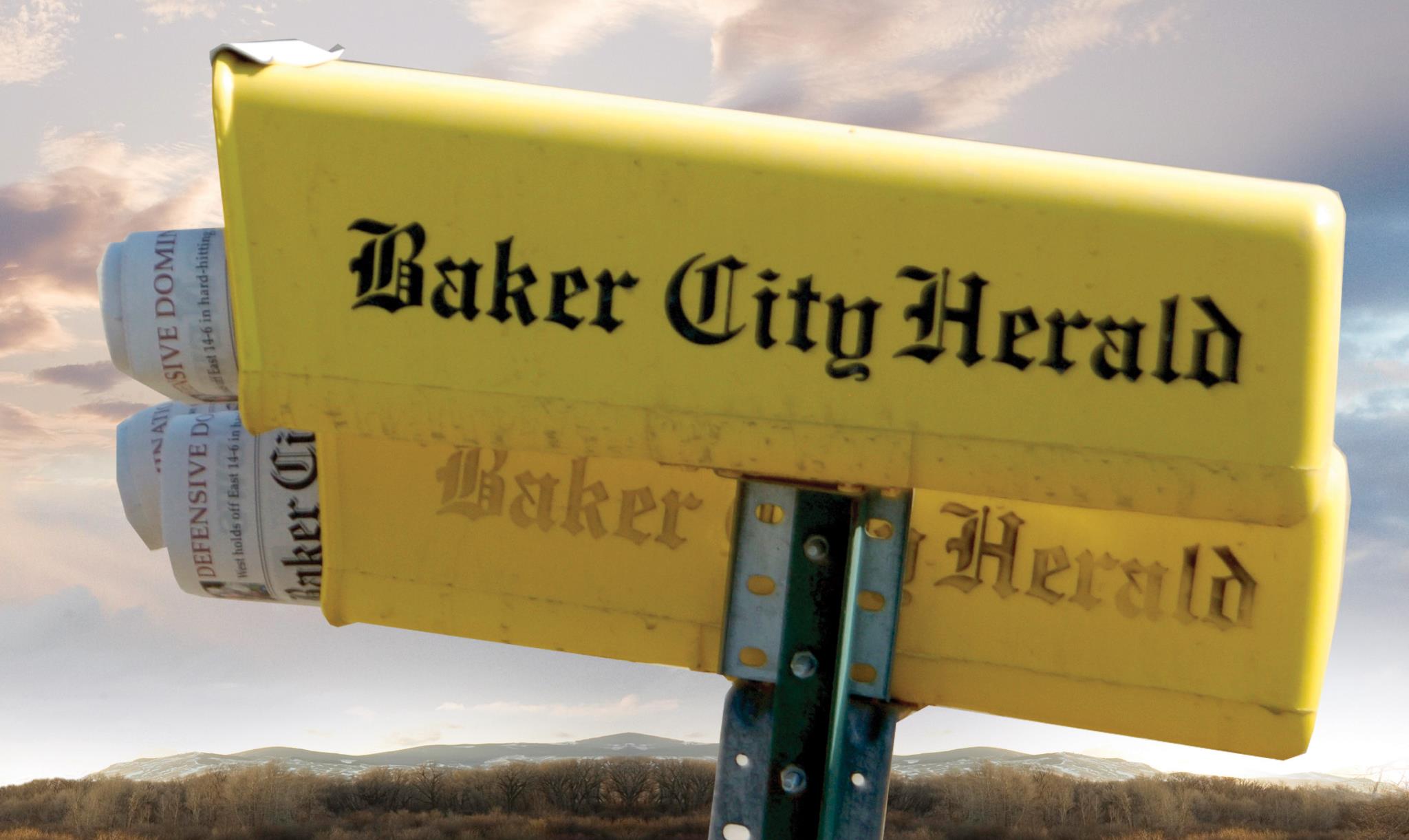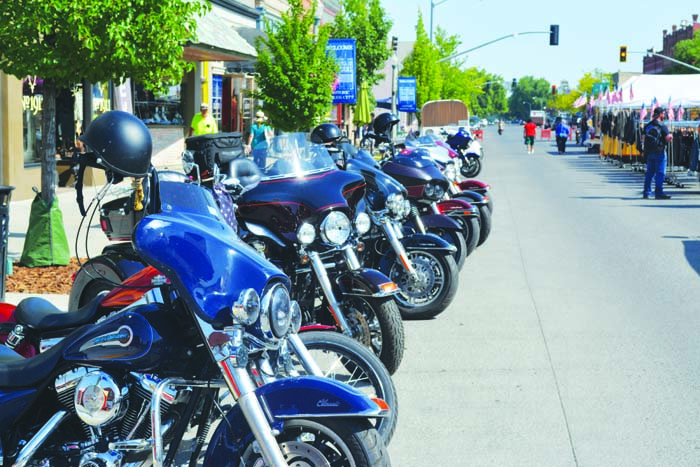Out and About: Relishing the rare rain on a mountain path
Published 6:41 am Friday, November 1, 2024

- Jacoby
I hike so rarely in the rain that I appreciate the experience in a way I would not if I lived in a soggier place.
Trending
I don’t even mind carrying an umbrella.
This would seem an impediment, having to hold the thing above your head while navigating mountainous terrain.
But I have found that if anything the umbrella improves my balance. I suspect the effect is comparable to a tightrope walker who clutches a long staff during his precarious passage.
Trending
Umbrellas and other ways to avoid rain are often superfluous in Northeastern Oregon, a region known more for its aridity than for its dampness.
This is especially so in much of Baker County, which lies within the dusty path of two rain shadows, one cast by the Cascades and the other by the Elkhorns, the range that dominates the horizon on the west side of Baker Valley.
But on the last Sunday in October a cold front was barging in from the Pacific as my wife, Lisa, and I drove to the Dutch Flat trailhead near the highway to Anthony Lakes Ski Area.
Rain splashed the windshield, and the clouds, which cloaked the ridges above the creek, suggested this was no passing shower.
I thumbed the button on the umbrella and the metal frame clicked into place, holding the nylon skin taut.
Lisa had an umbrella as well.
But unlike me she had the forethought to wear a raincoat with a hood.
We started up the trail. It is perhaps my favorite path among the more than a dozen that traverse the Elkhorns.
I appreciate its variety. The trail samples most of the range’s botanical diversity, including a stand of old growth ponderosa pines on a sunny south-facing slope, thickets of lodgepole pines that rub against each other in the wind, creaking like an old rocking chair on a well-worn wooden floor, and, higher up, the classic Elkhorn setting of subalpine fir and whitebark pine trees.
Yet I usually feel a trifle sad when I step onto the path because I know I’ll be seeing only a section of the trail. At 10 miles it’s the second-longest in the range, behind only the 24-mile Elkhorn Crest National Recreation Trail. On most visits I have time enough only to hike three miles to where the trail crosses Van Patten Creek, or perhaps another four miles to Dutch Flat, one of the grandest alpine meadows in Northeastern Oregon.
Dutch Flat Lake is about nine miles from the trailhead, and Dutch Flat Saddle, the mountain intersection where the Elkhorn Crest and Crawfish Basin trails meet the Dutch Flat Trail, is another mile beyond the lake.
Given the rain, and other commitments, I knew that Lisa and I wouldn’t make it even to Van Patten Creek.
My goal was about a mile and a half from the trailhead. A friend, Jim Patton, who’s something of an historian of the Elkhorns, told me last summer that someone dammed the creek there many decades ago. The remnants of this structure are still conspicuous despite the dense forest of lodgepole. The trail was built through a section of this dam and the excavation, which resembles a railroad grade, is obvious.
The rain fell steadily as we climbed.
But after a summer and early fall with less rain than usual the ground was pleasantly soft but not soggy. My umbrella is of modest size and as we walked Lisa pointed out that it wasn’t protecting my back. But I was wearing a fleece jacket that can take quite a bit of water before it soaks through, and I never felt on the verge of saturation.
I enjoyed the gentle tapping of the rain on the nylon just above my head. An umbrella is in effect a portable shelter, and the effect is similar to sitting in a home and listening to raindrops ping off metal vents in the roof.
Except windier.
We turned back after having a look at the remains of the dam. The rain continued and puddles had started to form in low spots along the trail.
Although an umbrella (or hooded raincoat) can keep your upper half relatively dry even in a tempest, keeping your legs and feet from taking a thorough soaking is a more daunting challenge on the Dutch Flat Trail.
A couple factors conspire to make the trail unusually moist.
The path, pounded by feet and hooves and paws over the years, is packed and largely impervious to water. Hence the puddles.
And for much of the mile and a half or so between the dam site and Van Patten Creek, the trail is relatively flat so it becomes, during a sustained rain, a long but very shallow fjord.
It’s also narrow, and in most places is bordered by shrubs with leaves with an unfortunate facility for holding water. I suppose this is an evolutionary trait that benefits the plants, which include kinnikinnick (bearberry), boxwood and huckleberry. But during and soon after a rain, hiking this section of the Dutch Flat Trail is akin to negotiating a constant shin-level shower.
Which is unpleasant even when you’re wearing boots advertised as waterproof.
We avoided that ordeal but enjoyed our time in the cool and damp woods. It was refreshing after many months of dealing with dust and heat.
The rain has since been replaced by snow.
The Dutch Flat trailhead is relatively low by Elkhorn standards, at about 4,950 feet, so it might be accessible for another few weeks. I have hiked it in snowshoes a few times but once the snowbanks along the Anthony Lakes Highway are knee-high there’s no safe place to park where the road to the trailhead branches off the highway.
The Dutch Flat trailhead is along the Anthony Lakes Highway, about 8 miles below the ski area. The turnoff for Road 7307 is well-marked with a brown Forest Service sign.
The one-mile gravel road to the trailhead is passable by (carefully driven) passenger vehicles.
There is ample parking space at the trailhead, but no outhouses, running water or other amenities. There is no parking fee.







